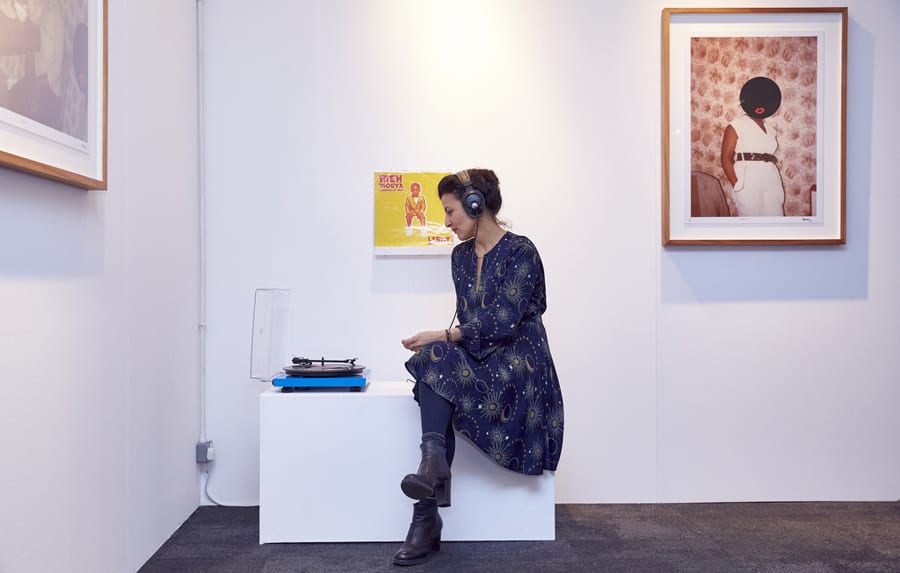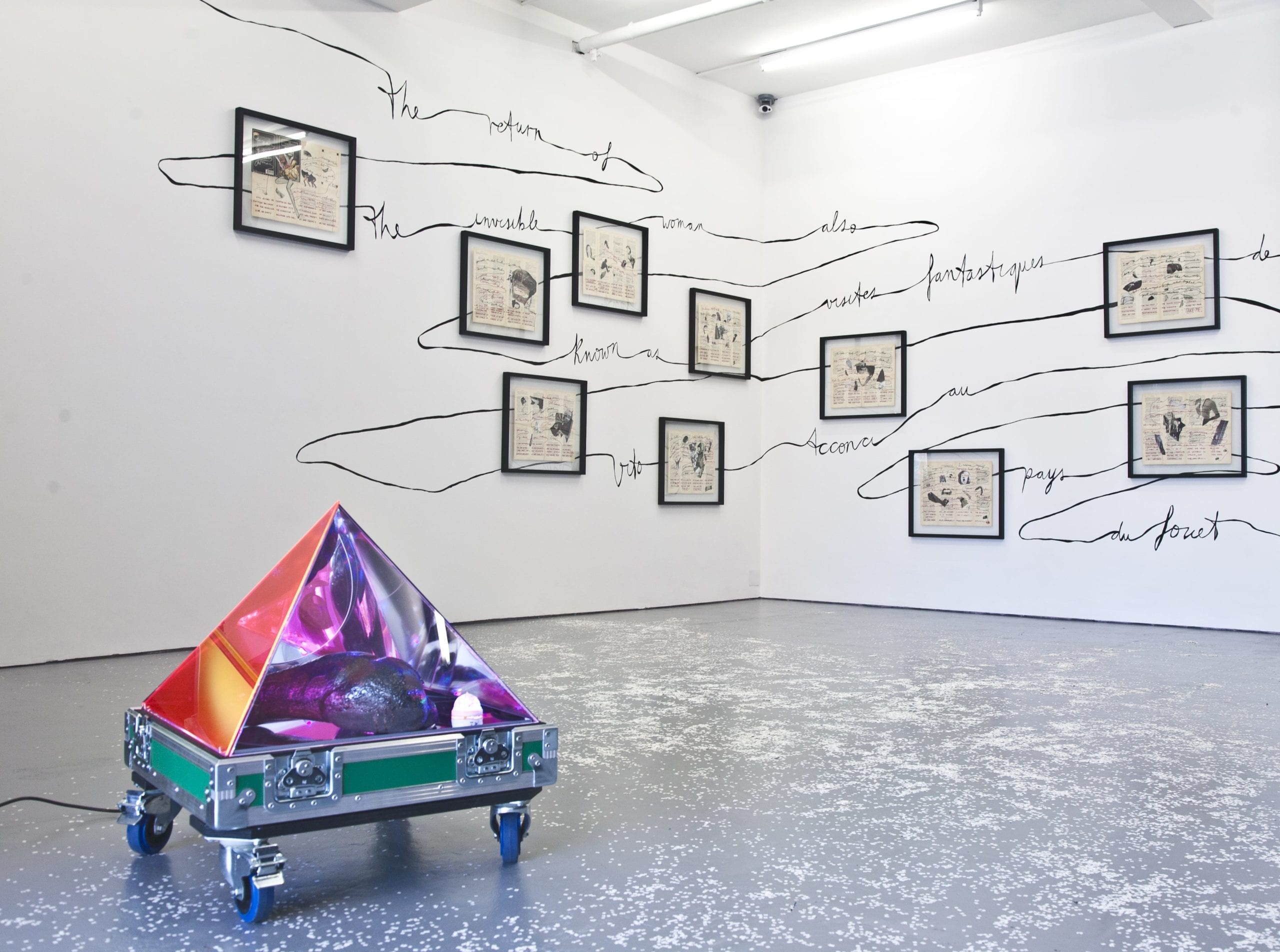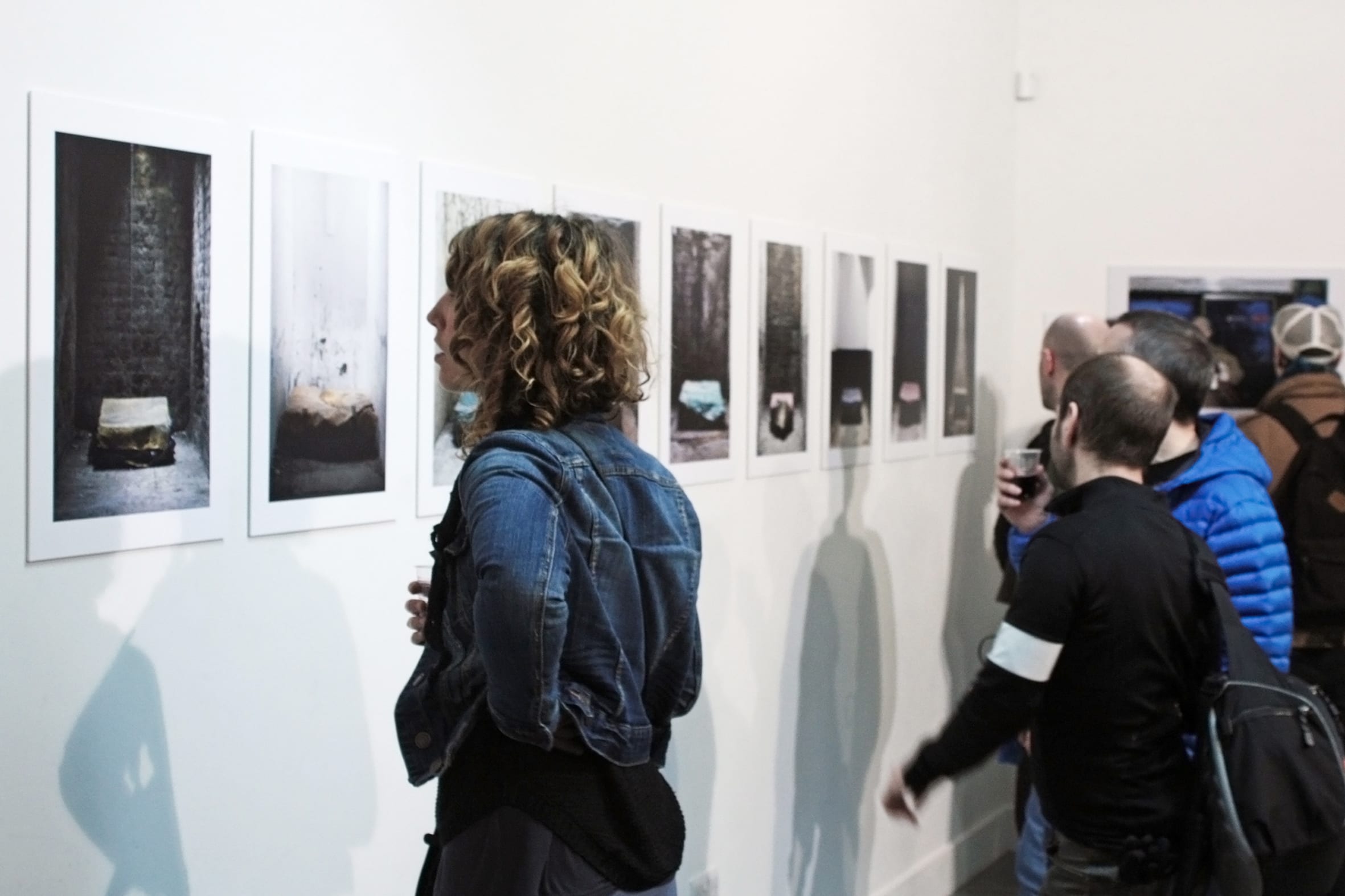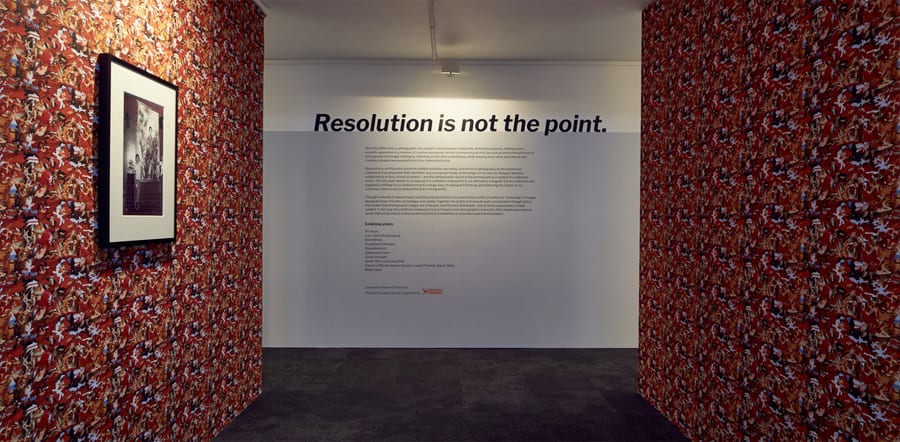Whether it is a degree show or long-awaited retrospective, exhibiting your work offers an unparalleled opportunity to showcase who you are as a practitioner. Working with a curator can help photographers organise and display their work in compelling and engaging ways. However, particularly for students and early-career artists, involving a third-party is not always possible. In view of this, British Journal of Photography invited three celebrated curators from the photography world – Zelda Cheatle, Christine Santa-Ana and Jaime Marie Davis – to share their insights on all things exhibition-related.
Zelda Cheatle is an acclaimed curator and photography editor. Following seven years working at The Photographers’ Gallery in London, in 1989 she opened the Zelda Cheatle Gallery. Today, Cheatle uses her photography expertise to curate, edit, lecture and consult. She has most recently curated exhibitions at Sony World Photography Awards and Art Jameel.
Christine Santa-Ana is a curator and has worked on over 40 shows. Her most recent projects include an exhibition of Alexander Missen’s work at the Fishing Quarter Gallery in Brighton, and a project with Ben Eine, in collaboration with Amnesty International as part of the charity’s Brave campaign. Upon graduating, Santa-Ana co-founded Underground Gallery, a project space that ran for two years. Following this, she worked as the exhibition curator for the photography magazine Of The Afternoon.
Jaime Marie Davis is an independent curator and writer who has organised exhibitions and events around the world. She is a member of Hemera Collective and recently curated Resolution is not the point, as part of the 2018 edition of Photo50 at London Art Fair. Marie Davis has worked with some of the most acclaimed galleries in contemporary art, including Waterside Contemporary in London and Yeo Workshop in Singapore.

What are the qualities that make for a strong exhibition, both in terms of concept and layout?
Zelda Cheatle: So much depends on the context, venue, the reason it has come about, the major premise, and the photographer’s intentions. But, for the most part, a strong exhibition will have great content and be presented in a way that has a visual and emotional impact, with a flow and loose narrative that takes viewers on a journey.
Christine Santa-Ana: The layout and presentation should sensitively reflect the nature of the work. For example, I believe that a photojournalistic image is best presented on a mount board, rather than behind glass in a frame because it is less of an artwork and more of a functional, storytelling piece. I also think that concepts should be clear because the more convoluted and esoteric they are, the more alienated viewers may feel.
Jaime Marie Davis: With curated group exhibitions, I look for a relatable position on a subject, which shows sensitivity to the issues around it and opens up a space for other perspectives and reflections. Good exhibition design comes from creating a visual rhythm, which acts to engage the viewer throughout the show and make it readable and accessible. As a curator and producer, I believe in the strengths of working together – exhibition-making is a collective act. Ultimately, encouraging artist-led production results in the best concepts and design.
In an era when the digital realm provides more opportunities for exhibiting work, what is the ongoing importance of the physical exhibition?
Cheatle: The ongoing conversations around digital and analogue, and online versus reality, will rage forever. They are entirely different experiences and each has their own special qualities. I adore the tactile nature of real prints and the craftsmanship involved in making images, but I am also in awe of how magnificent a digital print can be.
Santa-Ana: It is wonderful that there are platforms for photographers to exhibit their work online. This is especially beneficial to those at the beginning of their career, looking to get work out there and gain a bit of momentum.
That said, nothing compares to a physical exhibition. Having an actual show makes you question your intentions and become aware of the countless possible interpretations of your work by the viewer. It is a big exercise in communication. Furthermore, physical shows give photographers an opportunity to feel a sense of accomplishment, take stock of a body of work they have been labouring over for years, and receive feedback from members of the photographic community.
Marie Davis: The physical exhibition space is still incredibly important. An artist recently reminded me that the gallery space is one of the few public and physical gathering spaces left to share ideas. Practices and projects like those of LaBeouf, Rönkkö and Turner, often have a strong virtual or online element, yet remind us that the online space and the physical world are not at all separate – a confrontation that is both beautiful and frightening.

Would you recommend that photographers seek out curators and spaces to work with?
Cheatle: For the most part, it is best to meet curators, gallerists and publishers at portfolio reviews. If there is a spark of communication, then it can be followed up.
Santa-Ana: There are so many photographers out there that if everyone waited for someone to approach them, they would be waiting a very long time. There is nothing wrong with being proactive and approaching people, but there are ways of doing it. Just be personable – do not spam people and tell them why you want to work with them.
Marie Davis: Exhibition-making is a process of exchanging ideas and working together, so approaching other people is great as long as the intention has some thought behind it. Galleries and organisations with exhibition spaces operate in a range of ways, so it is important to research and make sure you are approaching places that will provide a fitting context for your work.
How do you go about finding new talent to exhibit and work with?
Cheatle: I regularly visit universities and participate in tutorials with graduating BA and MA students. I also take part in portfolio reviews, like Photo Meet or Format at The Photographers’ Gallery. I recommend these as a way for both curators and students to network.
Santa-Ana: There are many ways. I meet people at private views, go along to events like the Photo Publishers’ Market, and see work when reviewing portfolios. I also enjoy Instagram: it is always at your disposal and exists as a continuous feed. I really like the work of Adama Jalloh and Thomas Duffield, which I found via this platform.
Marie Davis: Curating offers endless opportunities to learn about other people’s perspectives, and exchange knowledge and resources, which is the part of it I most enjoy. I’m skeptical about the endless quest for the new. I think that taking some distance and, in a very Joan Didion way, looking at “where I was from”, can reveal the most compelling subjects.
My current project, titled Against the Grain, is the first historical survey of skateboarding photography from the last 50 years. It showcases images from the archives of industry magazines that were never published, and photographers that were essential to the development of skateboarding, but not part of the art world or gallery system. This developed from me looking back at my Southern Californian background with a renewed understanding of both the history of photography, and seeing a blind spot in which to recognise these influential figures – not only in photography, but also film, music, and fashion.
All that said, other artists are usually the best people to ask if you want to know about great work!

At what point in their career would you say a practitioner is ready for a solo show?
Cheatle: It is best to wait to be invited to have one! It is never a good idea to show too early. Entering open calls and taking part in group shows are good ways to begin. Also, being resourceful and creating exhibitions that use alternative spaces, is a good way to start.
Santa-Ana: This is going to sound extremely trite, but you just know. An artist who is ready for a solo show is one whose work you come away from eager to see and learn more about.
Marie Davis: A single work can be a solo show in contemporary art, but I tend to think of exhibitions in terms of approaches to authorship, which can be singular or plural. When a work has the potential to expand – whether that is an article, which turns into a book, or a singular work that becomes the focus of a solo show –these iterations begin to reveal themselves as material that warrants more space and time. This can open up many possibilities to realise any number of outcomes, which is the beauty of the solo show.
What is the significance and importance of the solo exhibition for one’s personal practice and career?
Cheatle: An exhibition can be important if it is well thought through and promoted. It’s important that people see the work – or it can be a very labour intensive experience with little feedback. Ideally, the exhibiting process should be a collaborative endeavour between the photographer, curator, gallery and museum. It’s best when it develops organically.
Santa-Ana: It can be pivotal. It’s the next step up from showing your work in a group show. You’re out there on your own and your work isn’t supported by peers so there’s a greater sense of ownership and independence, which brings a greater sense of accomplishment and confidence. I might also add that having a solo show marks the transition from being an emerging photographer to becoming a more established one.
Marie Davis: A solo exhibition is an occasion to make a new body of work, or to reflect on the direction existing work has been taking over time. As studio space is increasingly difficult to sustain, solo shows for younger artists can be daunting – I don’t think they are the measure of success. The apparatus of the art world is constantly changing and I’m excited to see how younger or emerging artists will shape it.
Is there an exhibition that you have been involved in, which particularly stands out? What was so significant about it?
Cheatle: That is a difficult question because so many exhibitions I have worked on have been very important to me. I am currently working on a big show for the Association of Photographers. They asked me to curate an exhibition that would represent the AOP and celebrate its 50th anniversary. I have put together a show that will be memorable for many reasons and encompasses numerous genres from a membership of approximately 4,000 photographers.
Santa-Ana: The show was titled Underground and explored three different bodies of work on that theme. It comprised David Solomons’ series, shot on the tube in the mid-90s; Gesche Wurfel’s series Basement Sanctuaries, capturing how superintendents decorate their workspaces in the basements of apartment buildings; and Dylan Thomas’ Crash, which is a series of subterranean inanimate objects. I loved working on this show as it was an opportunity to call up some of my favourite photographers, do something fun and put on an exhibition.
Marie Davis: Several years ago, I curated an exhibition titled Nascent States, which was a group exhibition of artists who define their practice as being concerned with feminist or queer subjects. The prospect of framing and representing these works with distinct positions was a challenge. I was expected to offer my contribution and voice as a curator without establishing a hierarchical position within the exhibition. The questions were, how to bring different works together to generate meanings across the exhibition, but still maintain their autonomy? How could the exhibition space be sustained as an open space? What title would respect the generative process of understanding and developing new ways of seeing? These are still questions and approaches I bring to each exhibition I work on.

If you are looking to exhibit your work, theprintspace, the UK’s premiere fine art printers, are all you need for printing and framing solutions, helping you get the best out of your photography. They offer archival, museum quality printing and hand-made bespoke framing as standard and are always on hand to give advice every step of the way. Click here to find out more.

